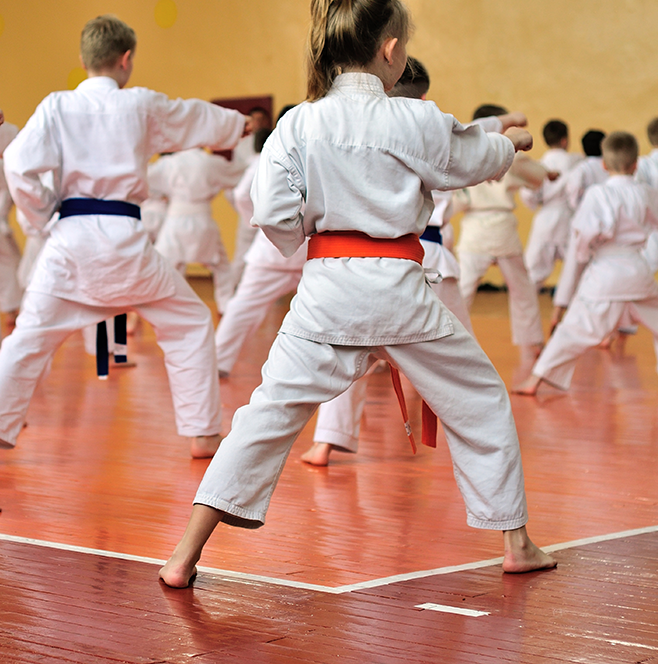
Although it is a martial art, Kenpo is not about fighting, it is a way to efficiently end an altercation once the Kenpoka is attacked.
Kenpo training emphasizes a scientific approach to combat and features techniques influenced by a number of different arts. It is through this scientific approach that Kenpo is used as a defence based system.
Training in Kenpo is done almost exclusively as a stand-up style rather than a ground based art, this is due to the fact that it is a reactionary art based on counters and defence rather than an offensive one. The techniques practiced are performed using various hand strikes, kicks, elbows, knees, throws and in some cases, joint locks.
The main objective of the Martial Art of Kenpo is defence – by avoiding a fight or ending it as soon as possible.
The first lessons will focus on blocking and positioning before learning to counter with strikes, joint locks and takedowns.
Japanese Kenpo focuses on the mental strength and meditation as well as phiscial fitness

The different colour Kenpo belts represent the different levels of progression in the sport. The beginner grade is white belt and goes through to the advanced ‘Dan’ black belt. There can be different grading systems in place depending on the school or particular style of Kenpo, but some of the grades could include:
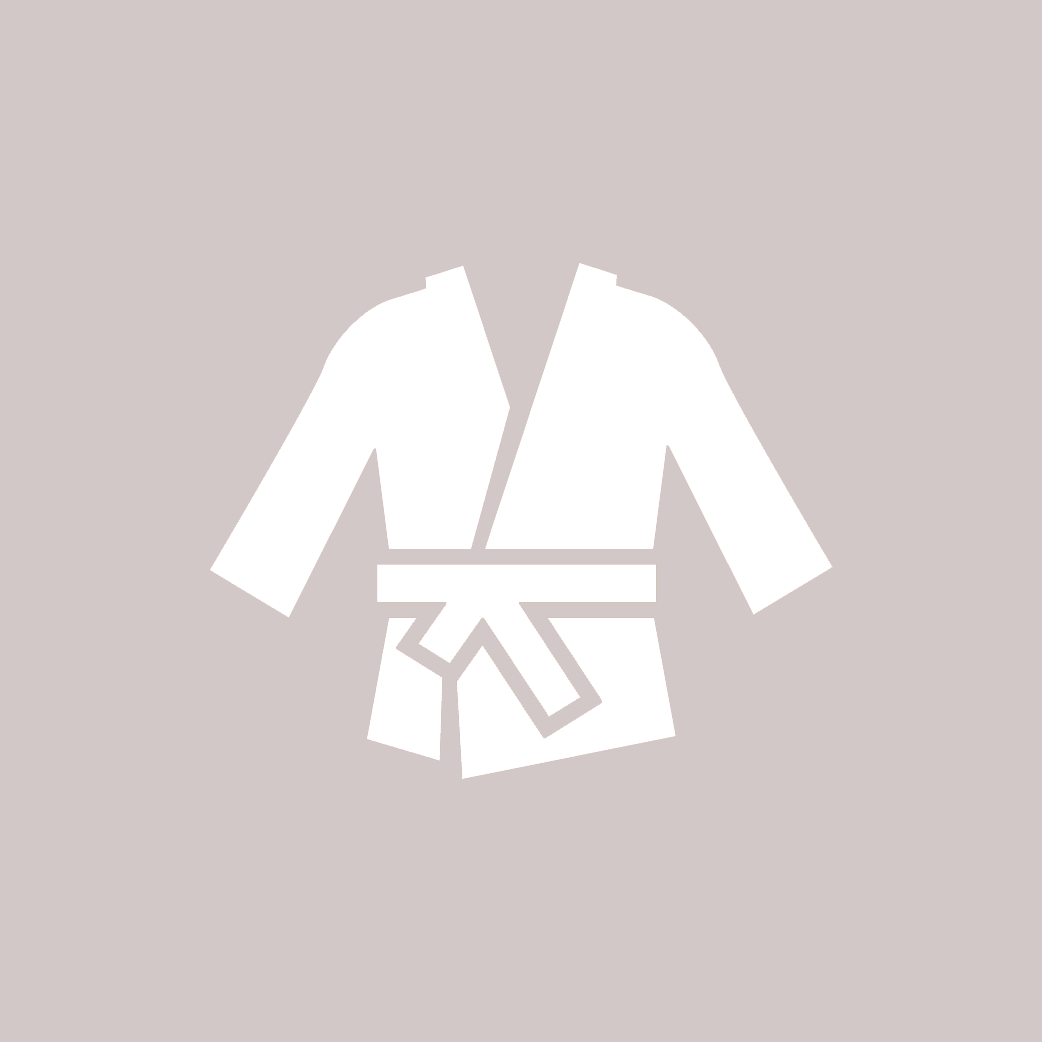
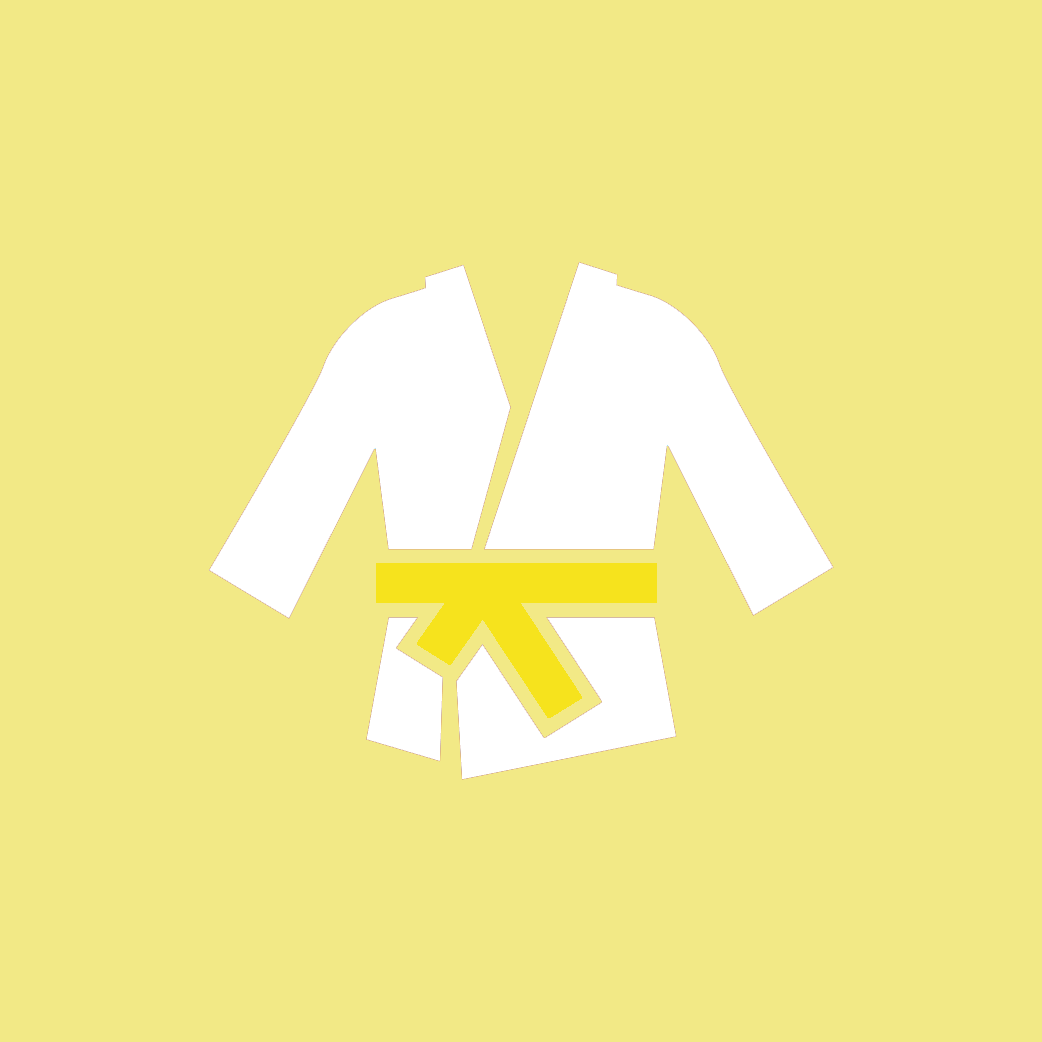
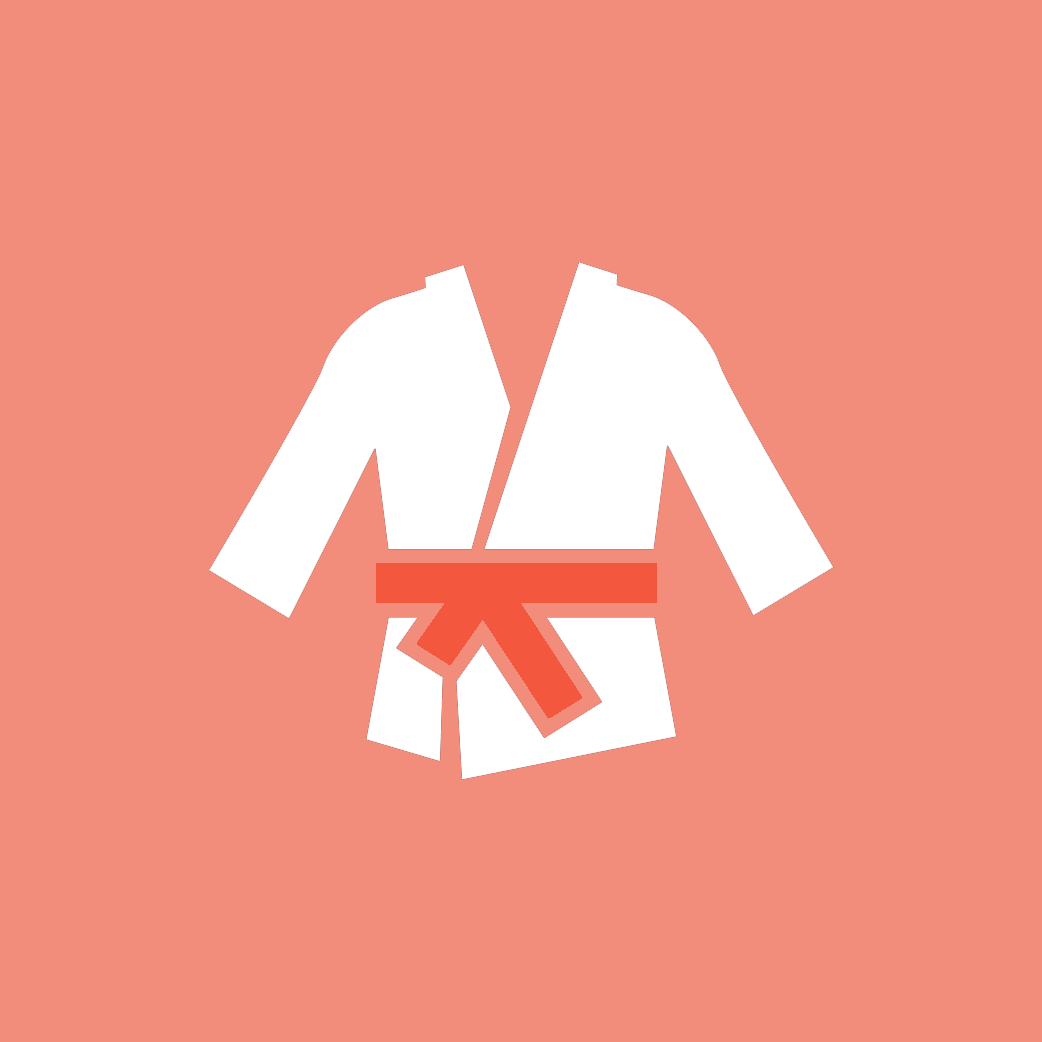
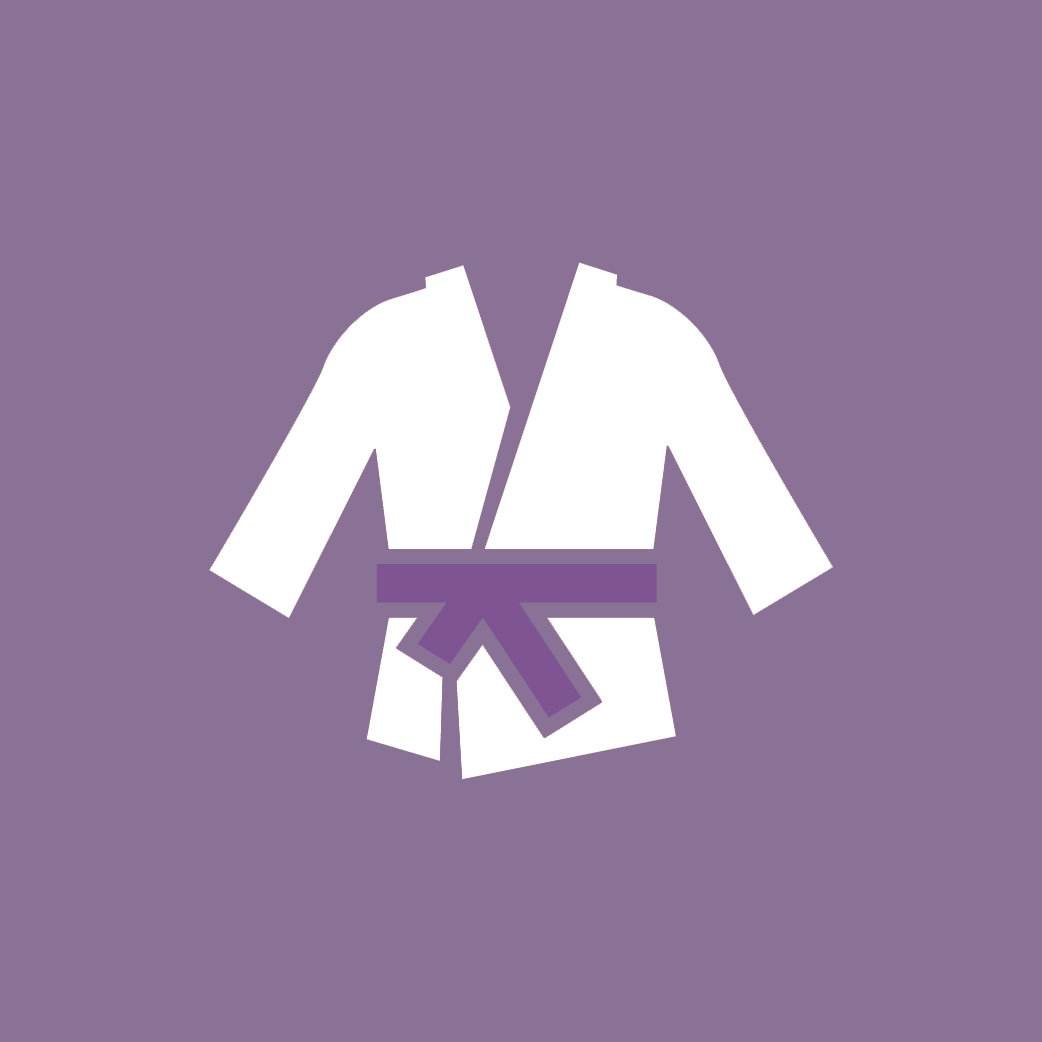
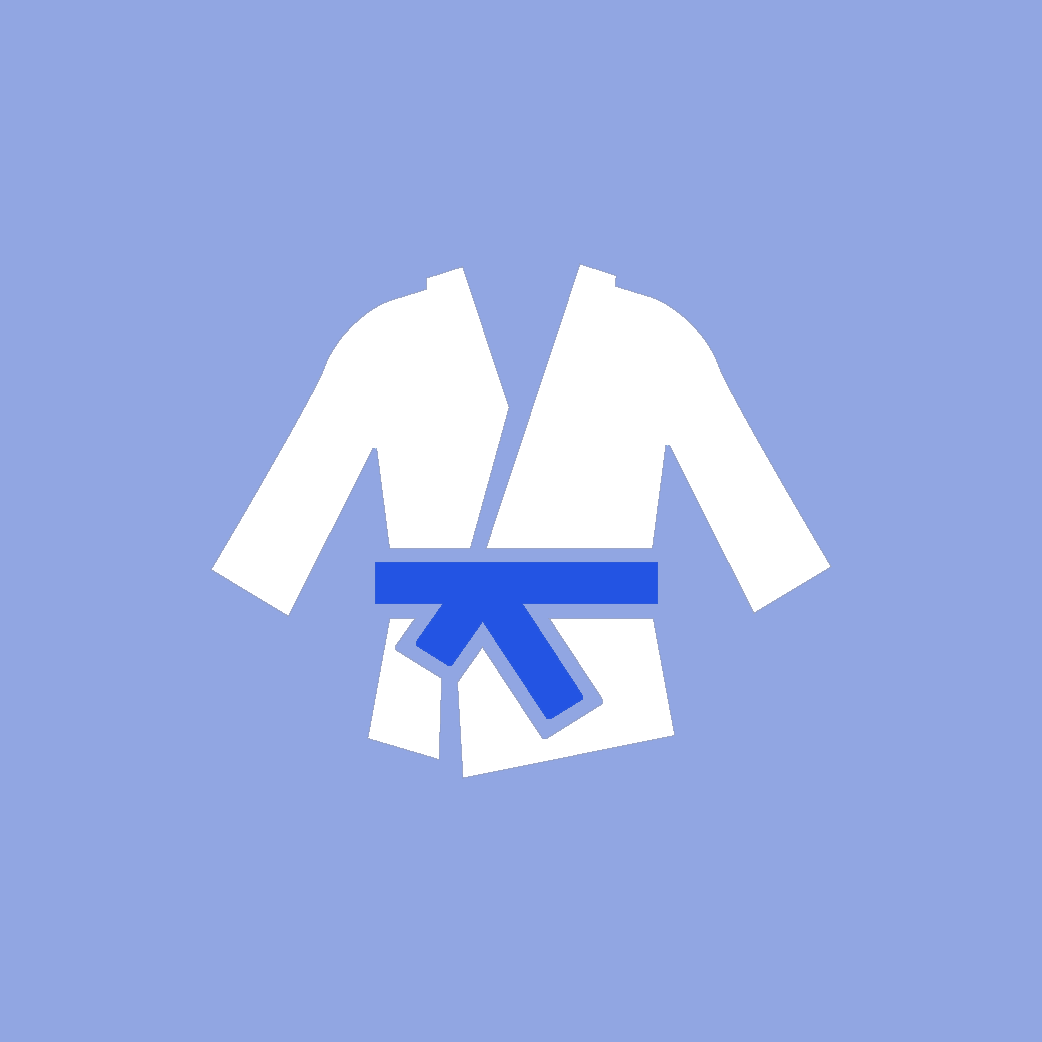
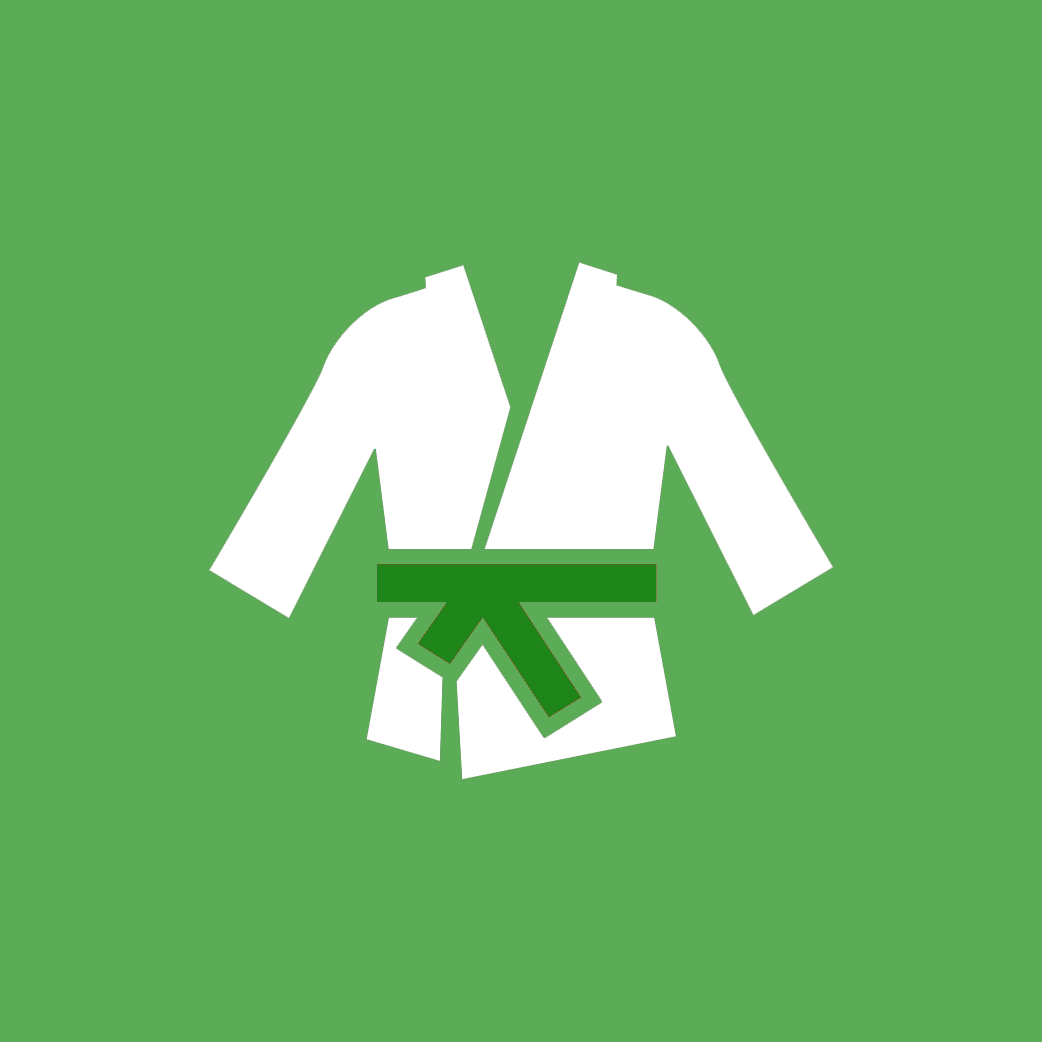
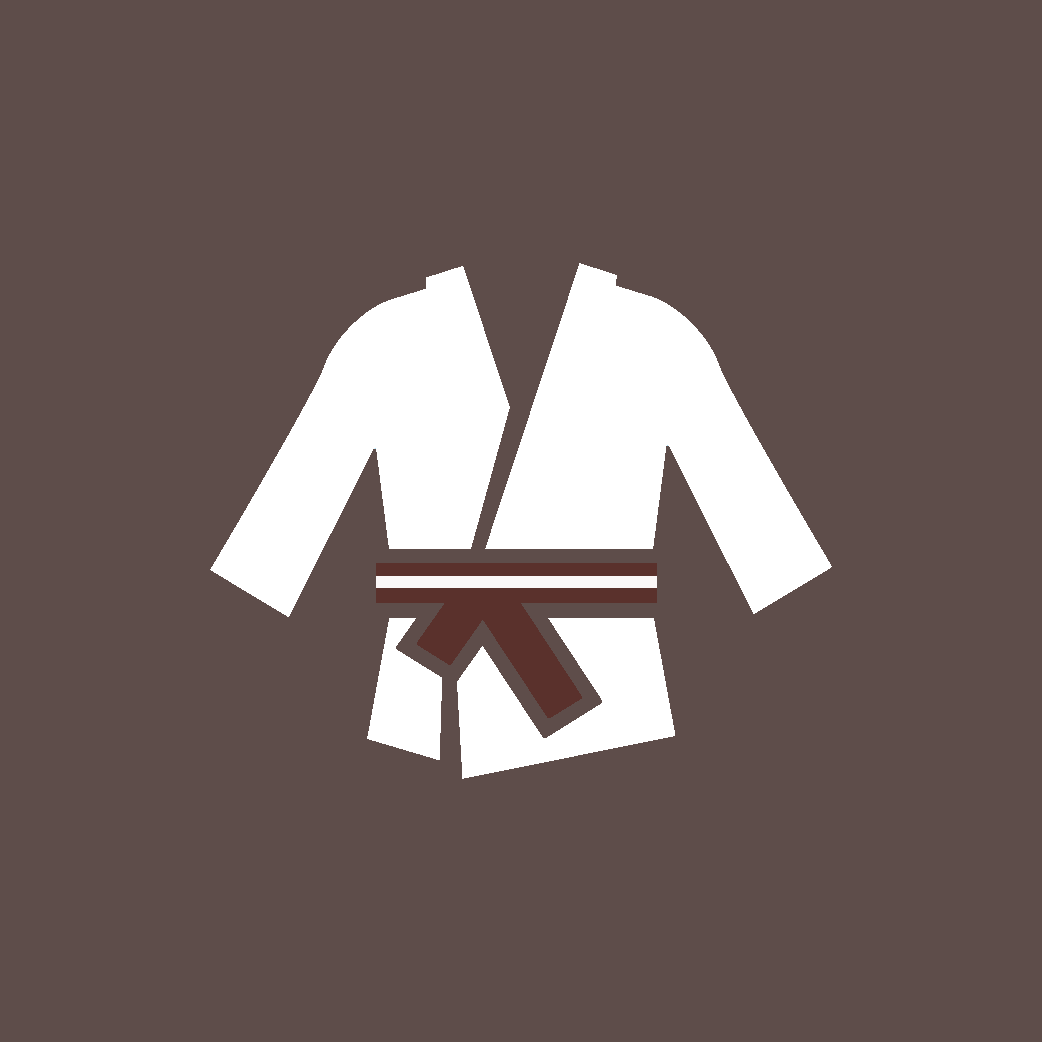
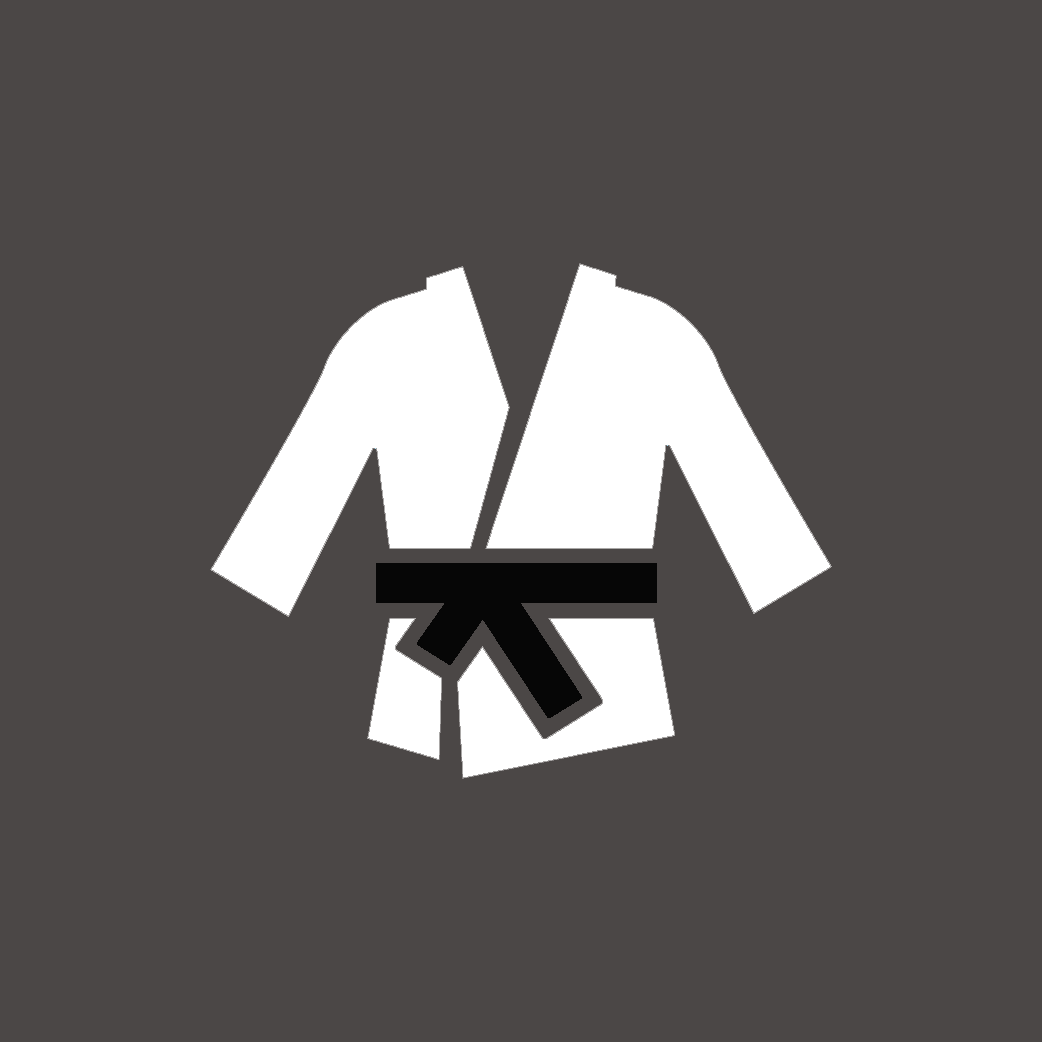
Children can start from the age of 4 years old, usually when they have developed enough self-control and focus. Kenpo classes focus on technique rather than strength and fitness so anyone can take part regardless of their ability. Adults can be of any gender or experience level when starting Kenpo classes. Those who walk late at night or those who work in isolation can benefit from Kenpo classes as the self-defence aspect helps them feel safer.